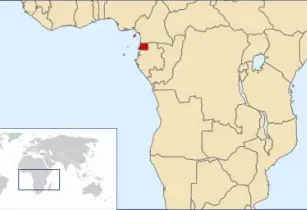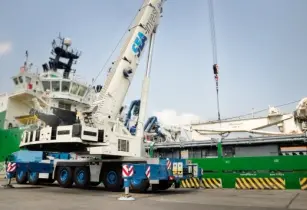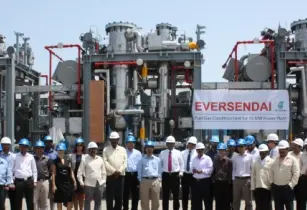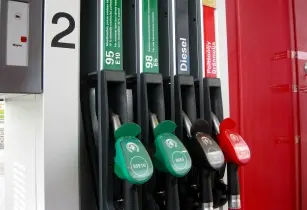Shell signed an agreement with Vitol Africa BV to sell its 20 per cent stake in Vivo Energy in the Netherlands before Christmas
Downstream
Equatorial Guinea agree to cut production and present offer to join OPEC
Equatorial Guineas Minister of Mines and Hydrocarbons, HE Gabriel Mbaga Obiang, met OPEC officials in Vienna on 20 January 2017 to present the Government of Equatorial Guineas offer to become to the 14th member of the organisation
Joint venture in Africa adds Grove Crane to its fleet for deployment in oil field
Petro Sea Logisitics has added a Grove GMK64000 all-terrain crane to its fleet with Manitowoc Cranes to supply servicing and support for the joint venture in Africa
Petro Sea Logistics, a joint venture between Belgian Sea-Invests and Côte d’Ivoires Petroci, has added a Grove GMK6400 all-terrain crane to its fleet. The crane will be going straight to work at an oil field in the Port of Abijan.
Petro Sea Logistics turned to Groves African dealer Paterson Simons for the purchase. Formerly a buyer of strictly rough-terrain cranes, Petro Sea Logistics opted for an all-terrain GMK6400, which features a best-in-class 400 t capacity, as well as a 60 m boom. Its optional removable outrigger box, self-rigging auxiliary hoist and self-rigging MegaWingLift (which can boost its capacity by nearly 70 per cent) have made the crane one of the most successful in Grove’s history.
Pasico Ghana, a subsidiary in the Paterson Simons network, worked with Grove to provide Petro Sea Logistics with quick, localised support for the GMK6400, as well as extensive training and warranty options. The crane is scheduled to immediately begin oil field operations at the Port of Abidjan.
“After-sales service is the key to doing business in Africa,” said sales manager for French-speaking Africa for Manitowoc Cranes, Guillame Bertrand. “Our customers have grown to expect responsive, quality support throughout the region, and we’ve made great efforts over the last few years to ensure we are there for them when they need us.”
Eversendai Offshore awarded two new contacts in MENA
Eversendai Offshore have been awarded two new contracts by EPC contractors for projects in both North Africa and the Middle East regions
South African fuel prices set to rise on 4th January
The South African Department of Energy announced on 29 December that as of 4 January, the retail price of 93 octane shall rise by 50 cents per litre and 95 octane by 48 cents a litre








